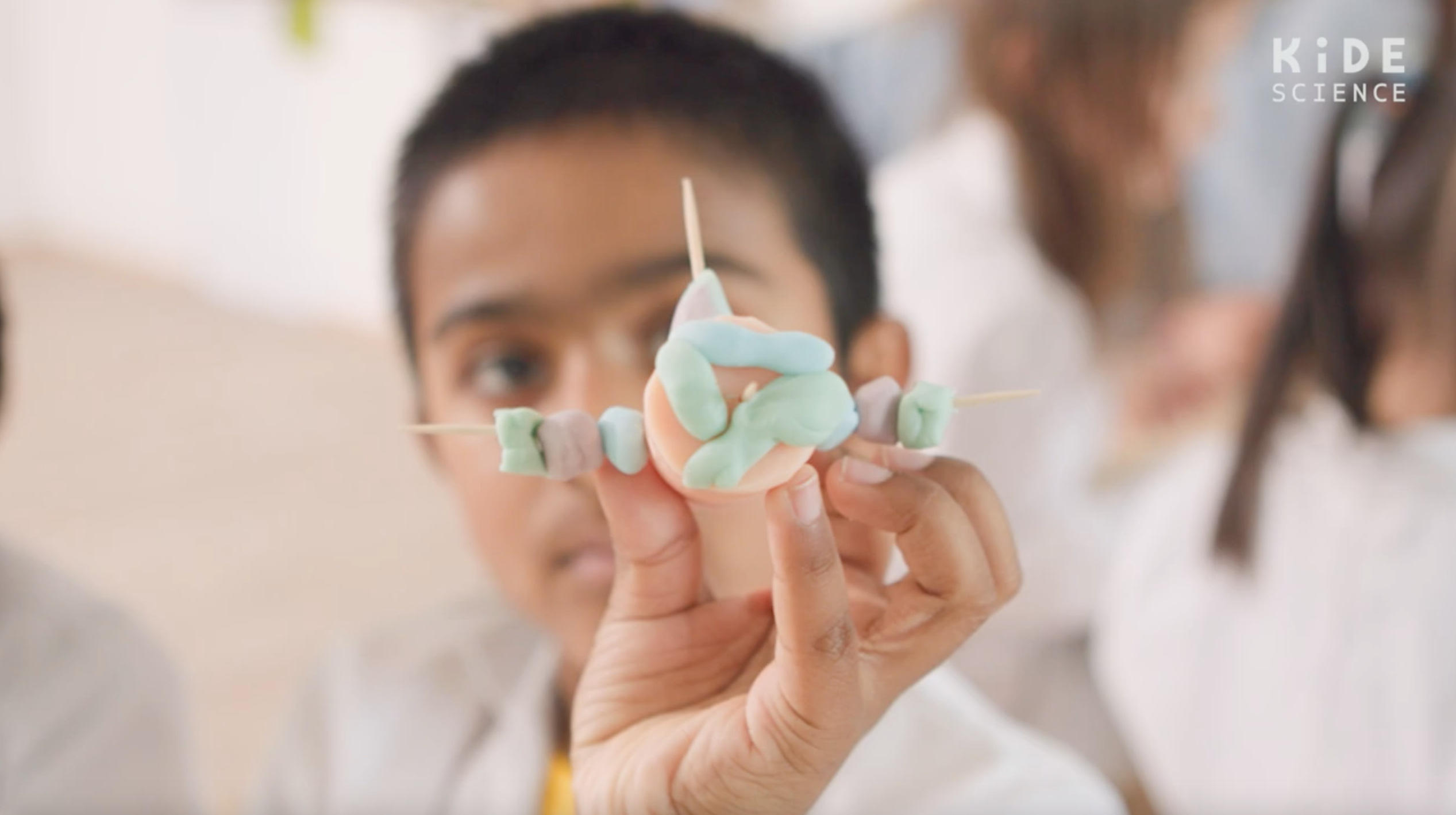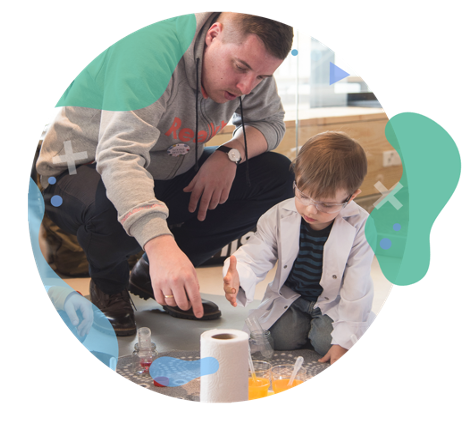4 Ways to Make STEAM Education Remote Friendly
Teaching STEAM subjects remotely doesn't have to go terribly. Here are a few tips to help your young learners get the most out of your lessons.
-1.png)
There’s no bulletproof way to do remote teaching. It presents a unique set of challenges that exacerbate inequalities and push teachers to change their methods.
This is especially true in teaching early childhood STEAM subjects. It’s fraught with things that can go wrong, but it also presents unique opportunities to approach these topics in an innovative way.
Here are 4 ideas to keep things flowing smoothly in your digital classroom:
-
Be Dramatic. People, even (especially?) children are used to being entertained when they’re looking at a screen. Being silly, over-the-top, and, dare we say, dramatic, helps keep attention from wandering.
Storytelling is one way to integrate a little extra performance into your teaching. Anchoring learning to a story helps students get involved and feel invested in the outcome. Children are naturally empathetic, and framing new concepts as obstacles for sympathetic characters to overcome helps not only keep focused attention (or at least, as focused as young children can be…), but motivates them to find answers.
-
Trust the Process. Every teacher knows that methods have to change when you’re teaching a remote class. That’s not new.
Now’s the time to focus on the process of learning, and how you can best utilize the limited attention spans that you have access to. That means focusing on growing enthusiasm and skills.
This combination leads not only to curiosity, but interest and confidence as students push their boundaries and grow. There will be plenty of time for facts and book study when we’re back in the classroom. For now, encourage a little play-based independent learning. -
Keep it Simple. A lot of classroom flourishes go out the window when your students are at home. The classroom allows for a degree of certainty about the experience your kids have. You know you have supplies, time, and the same atmosphere.
The same isn’t true at home. Siblings, parents, pets, and other screens all provide distractions unique to each environment.
Our experiments require only household supplies, which makes most of them remote friendly. Using common supplies helps make sure that students have a similar experience, as well as removing the novelty of new or unusual tools. Including familiar supplies helps students focus on the activity at hand.
Another way to minimize uncertainty is to keep rules simple and clear. Clear rules and understanding make things easier on your students. This, combined with simple asks helps build the confidence that is essential if students are going to explore topics on their own. Success breeds success. -
Embrace Chaos. All of this can go out the window in an instant. The best laid plans, etc, etc.
It’s important to embrace the uncertainty that’s inherent in teaching young learners through a computer screen. You can’t know their immediate environment any more than they know how you’re doing.
Don’t be discouraged, and maintain the dramatic enthusiasm from Step 1 as much as possible. Everyone will have their off days, but the foibles of remote teaching are unavoidable. A mess or mistake can be funny or catastrophic -- and your reaction can make the difference.
One of our partners in India, SSVM, recently shared their remote learning experience.
Related articles
There's so many ways you can teach through play, here are some concrete examples of play based...
Observing and communicating skill growth can be hard, but it doesn't *need* to be hard. Find out...
How can you use other adults (like parents) in Kide Science lessons to help further improve the...


